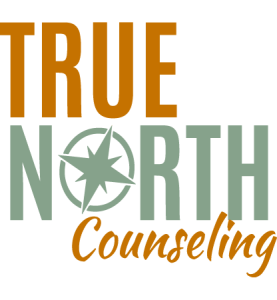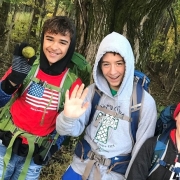Escape. Explore. Connect.
I do a lot of walking in parks. This past week I noticed the signs at Joe Creason Park had the following tag at the end: Escape. Explore. Connect. What good advice. People seem more stressed today than ever before. Relationships seem more complicated. We’re connected to social media, the news networks, podcasts, and our…






